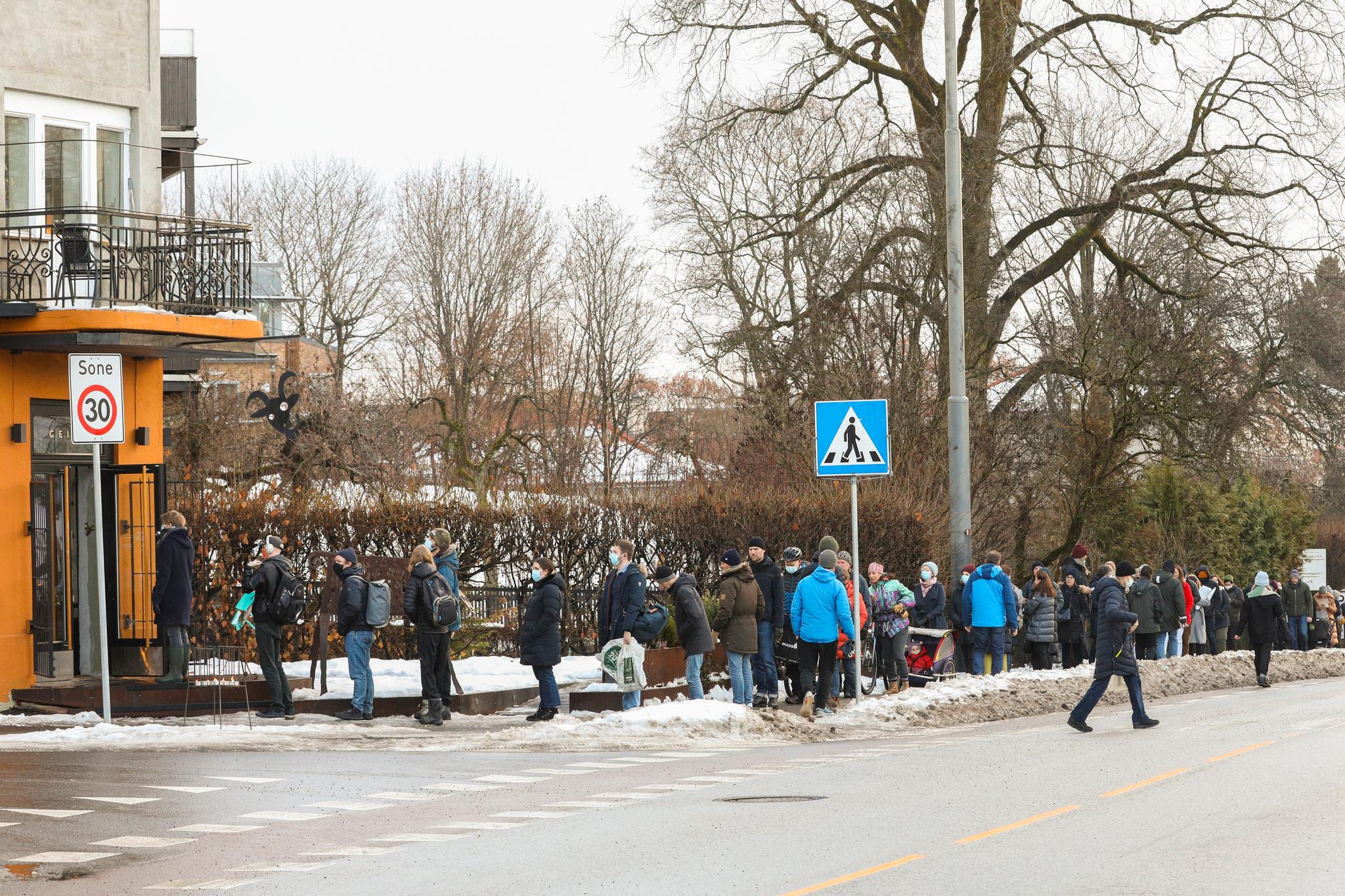Posted Jan 12, 2022, 3:44 PM
The White House wanted to celebrate a low unemployment rate (3.9%) and a historic growth rate (expected around 5%), it was ultimately inflation that stole the show in 2021. In December, consumer prices in the United States rose another 0.5% over one month, pushing inflation to 7% over one year, according to BLS figures published on Wednesday.
This is the highest annual rate recorded for forty years – June 1982. The only positive point is a slowdown in the monthly increase – it was 0.8% in November and 0.9% in October. Excluding food and energy, considered more volatile, consumer prices rose by 5.5% over one year.
Inflation was supposed to be “transient”, the Federal Reserve now promises to do everything “to prevent it from taking root”. On Tuesday, its president Jerome Powell again promised senators that the central bank would use all its “tools” to gradually return to price stability – an increase that would be anchored around 2%.
American households already have the feeling that the rise in prices is permanently installed in their landscape: their inflation expectations jumped from last April and they now expect prices to rise by 6% in one year and another 4% in three years, according to the study on consumer expectations just published by the Federal Reserve of New York.
Legislative elections
The surge in prices is shaking the White House, which has built its entire mandate around protecting the purchasing power and rights of 330 million Americans. It is currently trying, without much success, to put pressure on companies, which see in the recovery and the constraints on supply the means of imposing their prices, often beyond the only cost increases.
With crucial legislative elections in sight at the end of the year, the Republican opposition is pounding Democratic politics, and in particular the aid plan adopted in the spring to counter the effects of the health crisis. It dumped hundreds of billions of dollars into Americans’ bank accounts just as the supply seized up and was about to drive up the tags.
Anxious to keep Jerome Powell at the head of the Fed, considered preferable to any other Democratic candidate, the opposition spares more the Federal Reserve, yet responsible to Congress for controlling prices (and maximizing employment) .
The Biden administration can already measure the impact of high prices on its political program: after the forceps adoption of an infrastructure investment plan, that on social and climate measures is becalmed in the Senate, presented by its opponents as a new hotbed of potential inflation.
Real estate and wages
The year 2022 promises to be one of the most difficult in terms of monetary policy. After years of subdued inflation and in the midst of a health crisis, the Fed had its sights set on maximizing employment. With the return to a very low unemployment rate and faced with the longer-than-expected withdrawal of millions of employees from the labor market, it has now decided to refocus on the fight against inflation. Accused of having been slow to tighten the floodgates of a very accommodating policy, the Fed has already slowed down on its asset purchases, and plans to then gradually raise its interest rates.
Everything is now in the calibration, between fears of runaway inflation and the risk of too vigorous a rise in rates that would break growth. After the soaring prices of energy and certain durable goods such as the automobile last year, real estate and wages will be scrutinized in the coming months.
With a shortage of available employees, low wages have already jumped and economists are monitoring the evolution of labor costs. Without believing at this stage in the creation of a “price-wage loop” (where the increase in labels would justify wage increases which would then be passed on to prices). A key indicator will be published on January 28, bringing together the overall trend in the cost of labour, which the rise in hourly wages does not capture.
–


